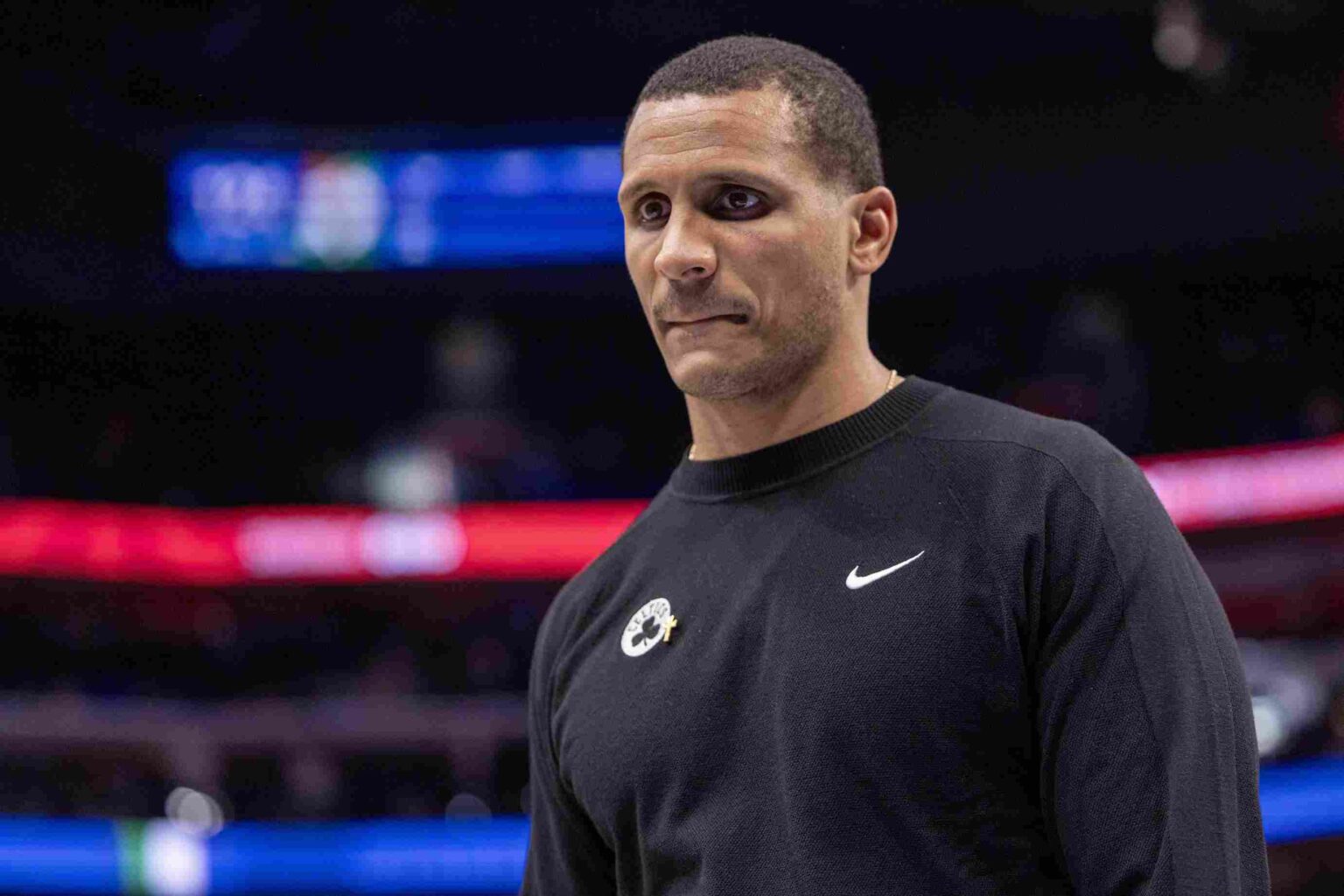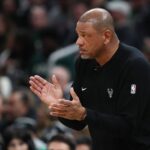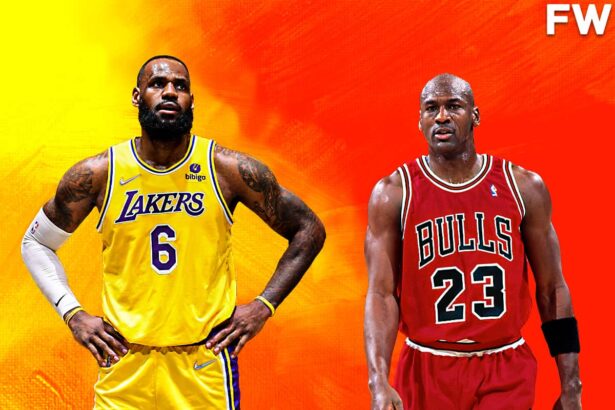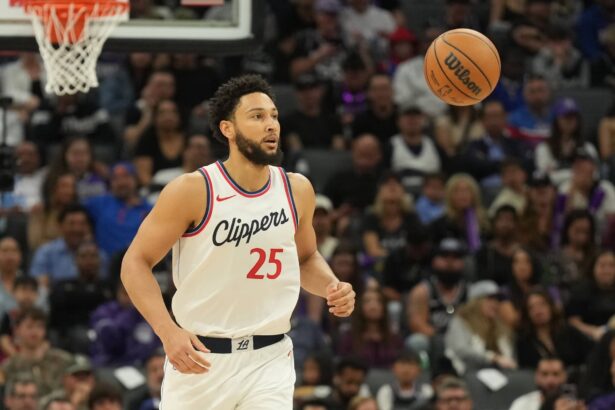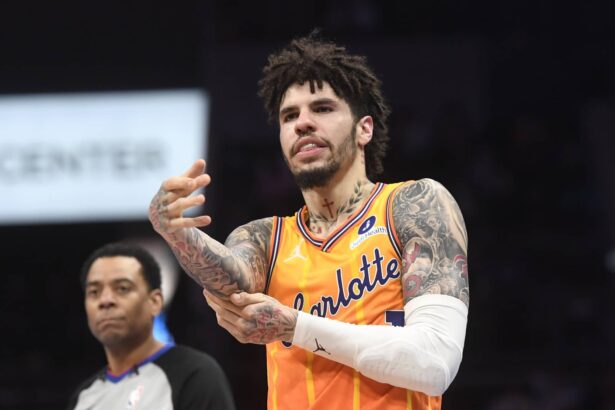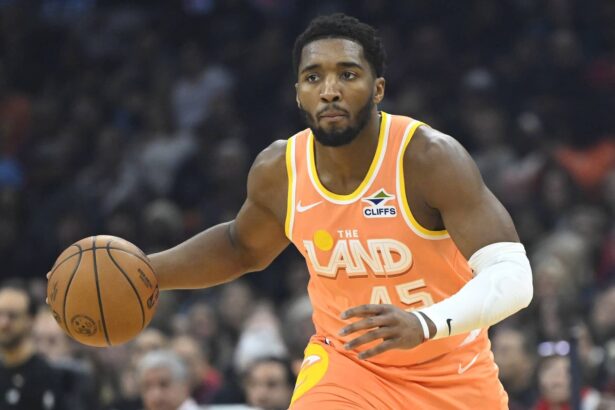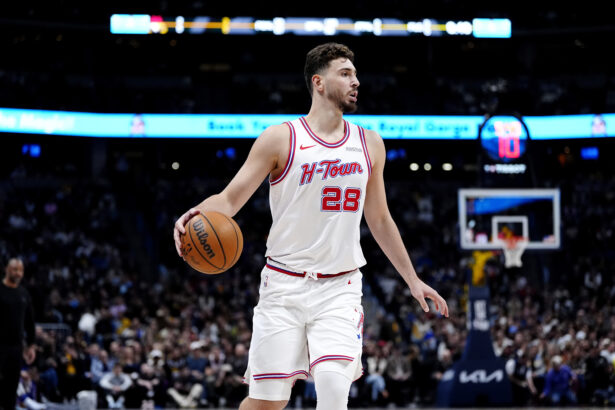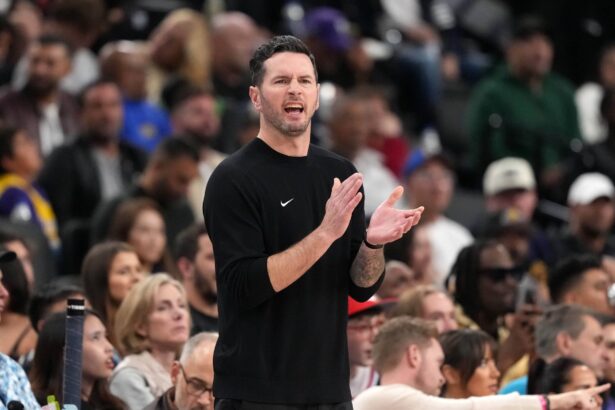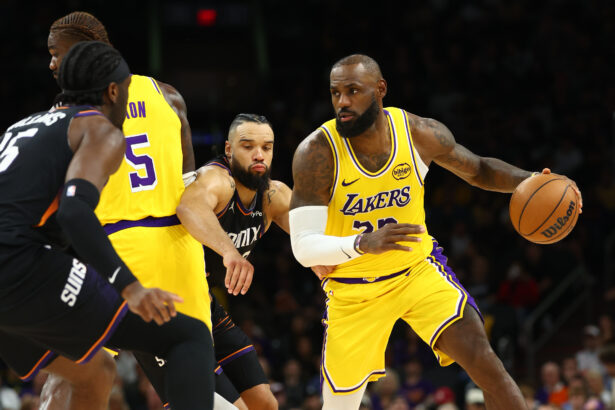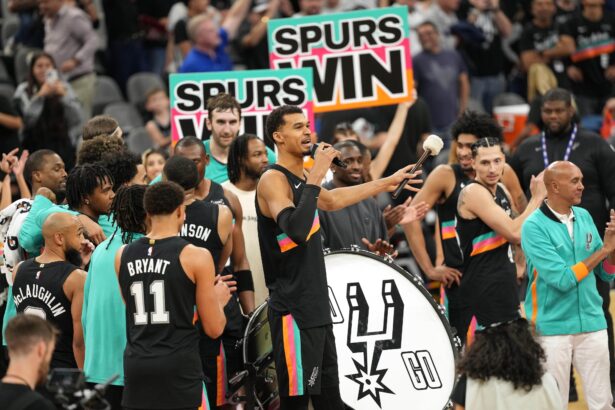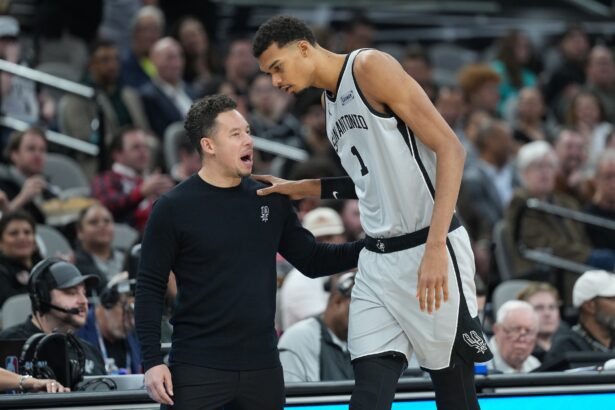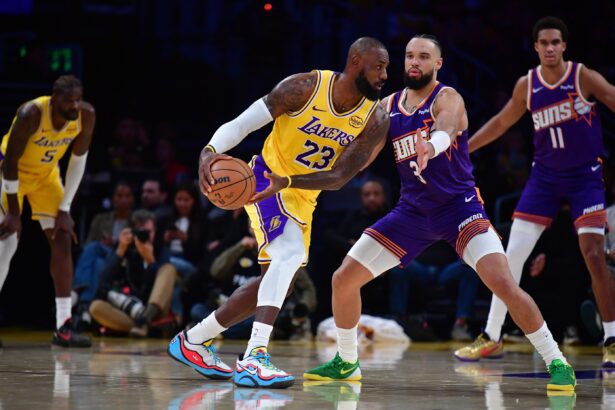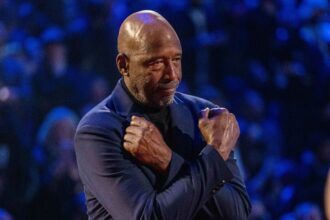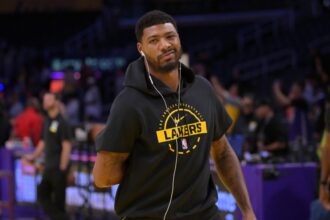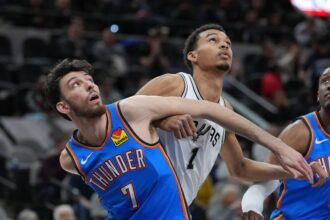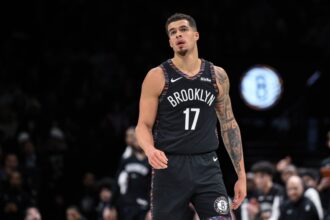Boston Celtics head coach Joe Mazzulla sparked controversy when he openly advocated for the return of fighting in the NBA, suggesting that it would add a level of entertainment and intensity to the game that current regulations lack.
“The biggest thing that we rob people of, from an entertainment standpoint, is you can’t fight anymore. I wish you could bring back fighting.”
“I just don’t get why some sports are allowed to clear the benches.”
“We just have a ball. The other sport has one of the hardest surfaces and playing instrument in pucks and sticks and we’re not allowed to throw down a little bit?”
While Joe Mazzulla’s comments were intended to emphasize the entertainment value that fighting brings in sports like hockey, his statement raises questions about player safety, fan interaction, and the modern image of the NBA. Fighting in the NBA was largely phased out following the infamous “Malice at the Palace” incident in 2004, a brawl involving players and fans that forced the league to adopt a zero-tolerance policy on fighting to preserve both player and fan safety.
The NBA’s extreme measures to curb fighting have also placed strict regulations on bench clearances and player conduct. Assistant coaches now monitor the benches closely to prevent players from stepping onto the court during altercations, and any sign of escalation between players is swiftly addressed.
The NBA’s intention behind these rules was clear: to protect players and fans in an arena where courtside seating brings the audience closer to the action than in most other sports. Unlike baseball, where fans are behind protective netting or seated farther from the field, or football and hockey, where physical barriers provide distance, NBA fans sit just feet away from players, often within arm’s reach. This proximity makes any potential altercation far riskier.
In sports like hockey, fighting is ingrained in the game’s culture and serves as a tool for players to express and release tension, with minimal risk to fans due to the barriers that separate them from the action.
In baseball, players may clear the benches and engage in a brawl, but they are separated from fans by dugouts and stands that prevent spectators from becoming involved. The NBA, however, has little in the way of physical barriers, meaning any physical conflict could escalate into dangerous interactions with fans.
For Mazzulla, his argument seems rooted in nostalgia for a time when players could express themselves more freely and use physicality as part of their competitive intensity. Yet, the NBA has moved forward with a new image focused on skill, finesse, and professionalism, leaving behind the physical confrontations that were more common in previous eras. The focus has shifted to preserving the game’s integrity and protecting everyone involved, even if it means sacrificing a degree of raw, emotional confrontation.
While fans may share Mazzulla’s sentiment, the reality is that the NBA has carefully weighed the consequences of reintroducing physical altercations, especially with an incident like the “Malice at the Palace” in its recent history.
That brawl between the Indiana Pacers and Detroit Pistons not only endangered fans but also led to significant consequences for players and a massive hit to the NBA’s public image. Since then, the NBA has prioritized a safer, more disciplined environment, a choice that has allowed it to focus on showcasing talent and drawing families to games without the worry of potentially dangerous interactions.
Mazzulla’s comment also serves as a reminder of the challenges NBA players face when emotions run high. The league has created a stringent set of protocols to prevent altercations from spilling over, but the underlying intensity of the game remains. While fans may have enjoyed the drama of scuffles in previous decades, today’s NBA aims for a different legacy, one that emphasizes athleticism and professionalism.
In advocating for the return of fighting, Mazzulla tapped into the complex balance between intensity and safety. However, the NBA’s decision to limit confrontations isn’t just about enforcing discipline—it’s a deliberate measure to protect the players, fans, and the league itself. At the end of the day, the NBA’s commitment to a high-energy but controlled environment likely outweighs the value of allowing fights, ensuring that basketball remains a sport where skill, not aggression, takes center stage.
Thank you for being a valued reader of Fadeaway World. If you liked this article, please consider following us on Google News. We really appreciate your support.

